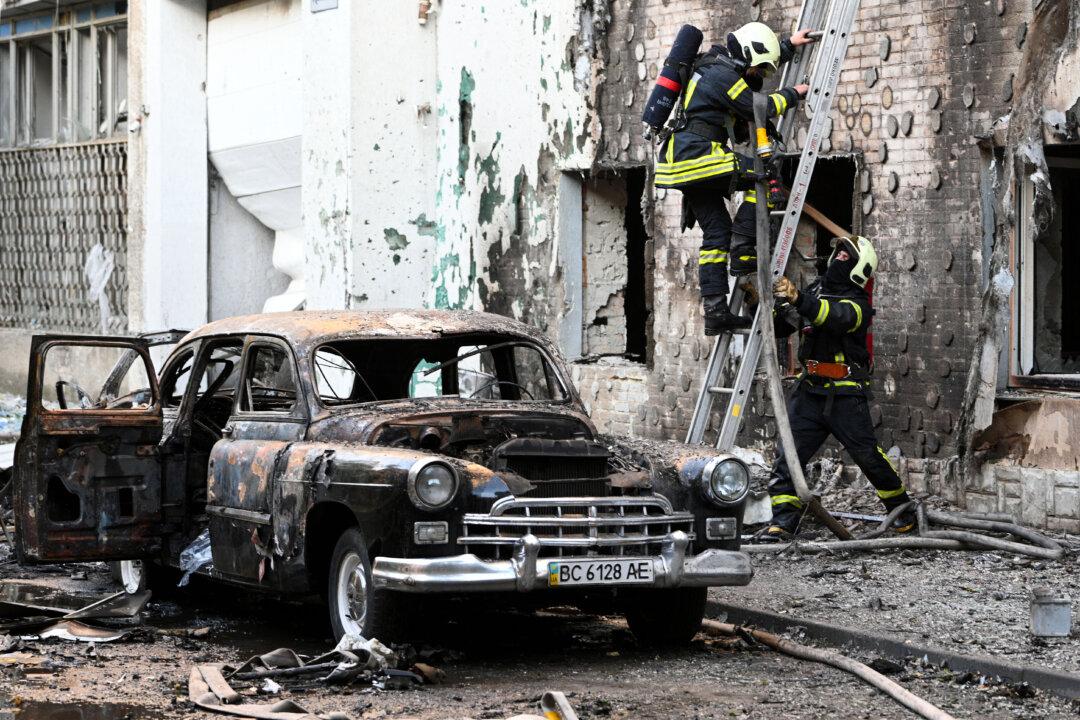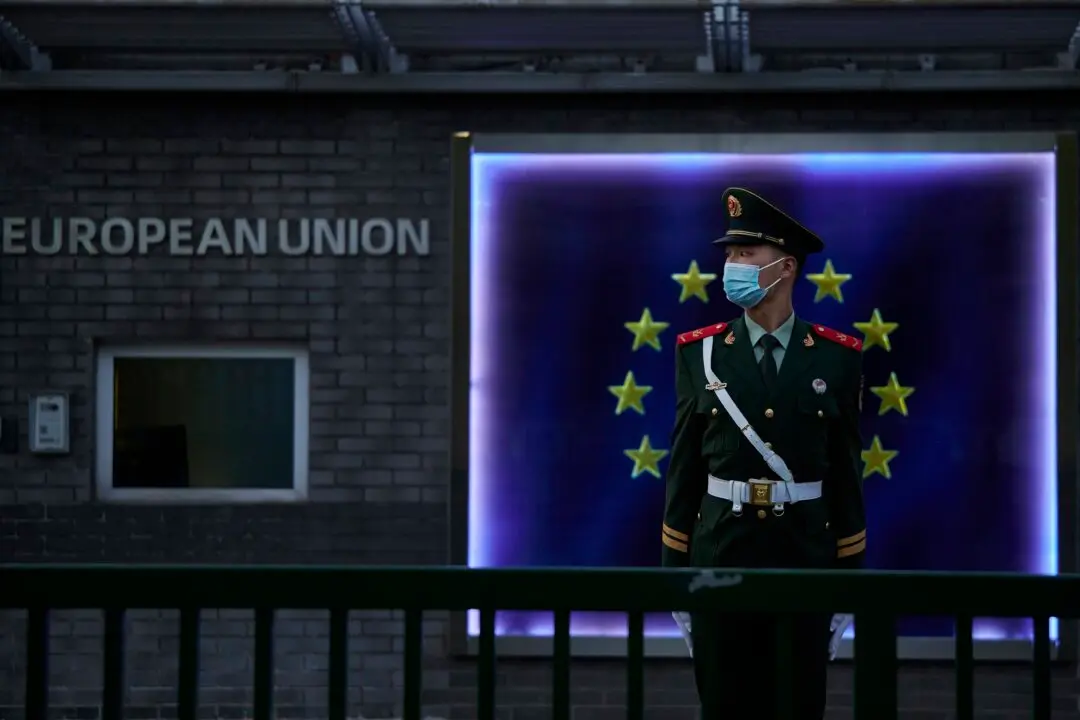Commentary
The United States and Europe are changing course on Ukraine. European countries have agreed to send new weapons there, including missiles, ammunition, and U.S. Patriot air defense interceptors, according to NATO Secretary-General Mark Rutte. The weapons shipments were unlocked by President Donald Trump, who agreed to sell replacements to Europe, threaten tougher tariffs against Russia, and impose 100 percent secondary tariffs on countries such as China and India that trade with Russia. If Moscow refuses to make peace with Ukraine by Sept. 2, Trump’s consequences take effect.
Western disputes with Russia and China are linked, as China is Russia’s biggest trade partner, exports dual-use military equipment, and has sent military observers to learn from the war against Ukraine. The two countries allegedly engaged in as many as 37 undersea cable attacks over the past 18 months, many through apparently purposeful anchor dragging. The latest allegation is that China trains Russia’s largest military drone suppliers.
Trump recently called Russian President Vladimir Putin “absolutely crazy” for striking Ukrainian civilians. Let’s hope Putin—and Russians more generally—are listening to Trump and watching his newly demonstrated commitment to freedom in Ukraine. The commitment is demonstrated because the United States will pay a cost for imposing a cost on Russia.
The U.S.–Europe deal on Ukraine is nevertheless the right policy, because if Ukraine falls, Moscow could target a NATO member next—and with Beijing’s help. On July 14, in the context of discussing Ukraine as courageous and Europe as amazing for its stand against Russia, Trump said, “Ultimately, having a strong Europe is a very good thing.”
Europe is paying for U.S. weapons by making difficult fiscal decisions, including cutting social services and accepting more government debt. And those weapons go toward defending one of democracy’s three main eastern fronts. The other fronts are with China and Iran.
Trump said some of the new weapons are already being shipped. But it could take months or years for others to reach Ukraine. Once they arrive, the U.S. arsenal of democracy will arm Ukraine with the best materiel in the world. The new sales would support the growth of the U.S. defense industry’s capacity, which contributes to U.S. national security and economic growth and saves defense dollars for deterring China. Trump’s insistence on June 25 that NATO allies raise their defense spending to 5 percent of gross domestic product gave Europe the budget to increase its imports of U.S. arms.
Europe needs the weapons because the threat is growing. Russia has proposed—and China has supported—a three-member bloc with China and India called the RIC. India, which is negotiating a trade deal with the United States, has not yet commented on the bloc. The RIC would significantly help Russia, which seeks a competitor to China for its energy exports. Currently, China and India purchase Russian energy at a discount to global prices. Were India to quit this cheap but bloody oil, Russia would likely sell less in total and at a steeper discount.
The proposed secondary tariffs, to be imposed after 50 days, will increase trade friction with China, India, Brazil, Kazakhstan, and Turkey, five of Russia’s main trade partners. If China, India, and Brazil were forced by the tariffs to stop buying Russian oil, they would have to buy it elsewhere, pushing up global oil and gas prices, including in the United States. So such tariffs will be politically difficult to manage for Trump. In March, the United States imposed secondary tariffs of 25 percent on countries buying Venezuelan oil, for example, but this has not yet been enforced. Nor does the United States do much against China’s imports of sanctioned Iranian oil.
As Trump is forced by U.S. adversaries to become more Reaganesque in his foreign policy, however, that may soon change. President Ronald Reagan noted time and again after the 1960s that freedom isn’t free. It requires sacrifice. And the cost to Americans of Trump’s secondary tariffs in higher gas prices would be less than to others. We could ramp up the tariffs slowly, have a strategic oil reserve, ask OPEC to export more oil to recoup lost Russian supply, rely more on our own oil and gas industry, and export U.S. energy at a premium.
Other options against Russia and its allies include primary and secondary bans on their securities trading in the United States and the European Union, as well as tougher export controls on U.S. and EU technology, such as the most powerful semiconductors. Both of these options will also impose costs on some U.S. businesses.
There are still limits to what the United States will risk. On July 15, Trump contradicted a report that he had asked President Volodymyr Zelenskyy whether Ukrainian forces could hit Moscow and Saint Petersburg.
“No, he shouldn’t target Moscow,” Trump said.
“I’m on nobody’s side. You know whose side I’m on? Humanity’s side.”
He appears to be. And the mere report of such a conversation between Trump and Zelenskyy is likely putting pressure on Putin. He must agree to a peace deal or experience Trump’s double-edged consequences. That is the price of freedom, and its penalty, if the freedom of others is violated.





